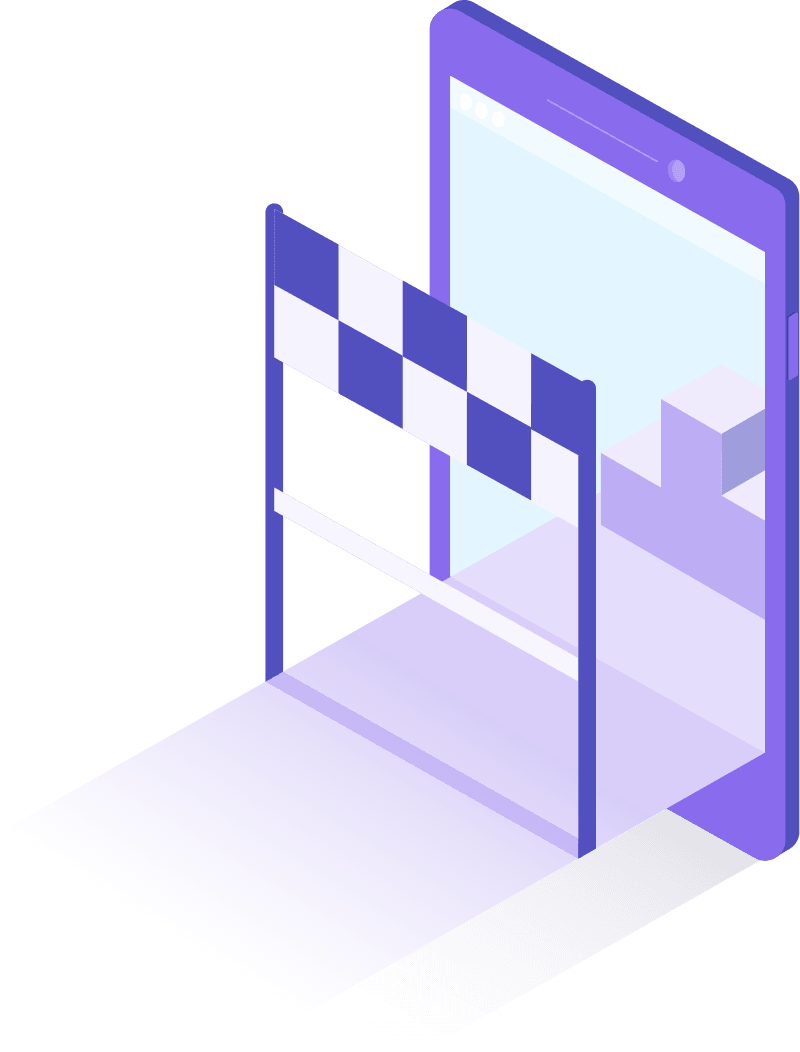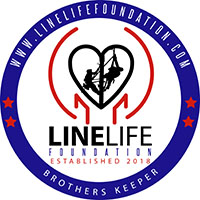Burn Care
Second Degree Electrical Burn
A second degree burn is also called a partial thickness burn. Your skin contains 3 layers. A second degree burn occurs when the first layer and some of the second layer are burned. This type of burn usually heals within 2 to 3 weeks with some scarring.


Seek care immediately if:
- You have a fast heartbeat or breathing.
- You are not urinating.

Contact your healthcare provider or burn specialist if:
- You have a fever.
- You have increased redness, numbness, or swelling in the burn area.
- Your wound or bandage is leaking pus and has a bad smell.
- Your pain does not get better, or gets worse, even after you take pain medicine.
- You have a dry mouth or eyes.
- You are overly thirsty or tired.
- You have dark yellow urine or urinate less than usual.
- You have a headache or feel dizzy.
- You have questions or concerns about your condition or care
When should I contact my healthcare provider?
- You are dizzy or weak.
- You have stiff joints or muscle pain.
- You are confused or have memory loss.
- You have questions or concerns about your condition or care.


When should I seek immediate care or call 911?
- You have a fast heartbeat.
- You have a seizure.
- You have problems walking or keeping your balance.
- You suddenly have trouble seeing or hearing.
- You have red or reddish black urine.
- You have shortness of breath.
How do I care for my second degree burn?
-
Wash your hands with soap and water and remove old bandages. You may need to soak the bandage in water before you remove it so it will not stick to your wound.
-
Gently clean the burned area daily with mild soap and water, and pat dry. Look for any swelling or redness around the burn. Do not break closed blisters, because this increases the risk for infection.
-
Apply cream or ointment to the burn with a cotton swab. Place a nonstick bandage over your burn.
-
Wrap a layer of gauze around the bandage to hold it in place. The wrap should be snug but not tight. It is too tight if you feel tingling or lose feeling in that area.
-
Apply gentle pressure for a few minutes if bleeding occurs.
-
Elevate your burned arm or leg above the level of your heart as often as you can. This will help decrease swelling and pain. Prop your burned arm or leg on pillows or blankets to keep it elevated comfortably.

Third Degree Electrical Burn
A third degree burn is also called a full thickness burn. Your skin contains 3 layers. A third degree burn occurs when all 3 layers are burned. This may also include damage to the bones and muscles. A third degree burn is the most serious type of burn.


Contact your healthcare provider or burn specialist if
- You have a fever.
- You have increased redness, numbness, or swelling in the burn area.
- Your wound or bandage is leaking pus and has a bad smell.
- Your pain does not get better, or gets worse, even after you take pain medicine.
- You have a dry mouth or eyes.
- You are overly thirsty or tired.
- You have dark yellow urine or urinate less than usual.
- You have a headache or feel dizzy.
- You have questions or concerns about your condition or care.
Physical therapy
our muscles and joints may not work well after a second degree burn A physical therapist teaches you exercises
CARE AGREEMENT
You have the right to help plan your care. Learn about your health condition and how it may be treated.
First Aid Resources
LineLife Foundation does not assume any responsibility
